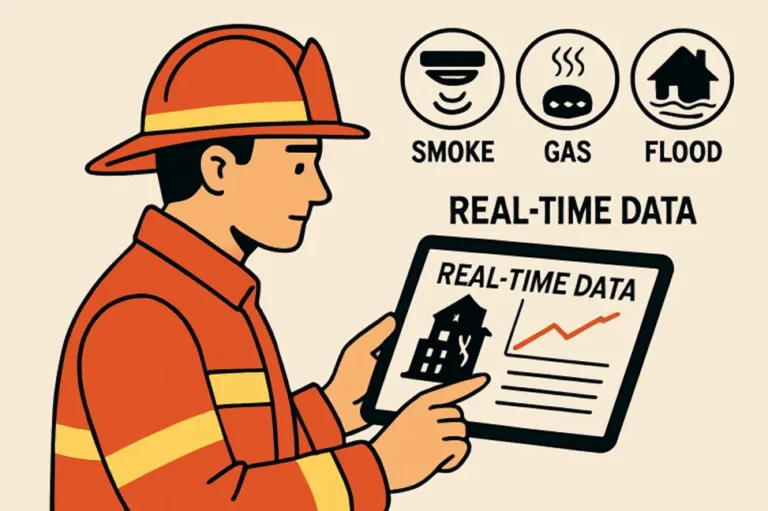Common mistakes that put your online safety at risk
The internet has been a constant presence in our lives for so long now that you’d think everyone already knows how to protect themselves against common risks and stay safe while navigating online. And yet, the commonness of digital technologies and our increasing reliance on them sometimes has the exact opposite effect, dulling our senses and making us more oblivious to the dangers of the virtual space.
No one really starts scrolling thinking of the many unseen threats that might harm them, or all the things that could go wrong if they’re not careful. Most internet users trust that nothing bad will happen to them, sure in their belief that they are too small to be targeted by cybercriminals, even if data clearly proves otherwise.
Statistics reveal that attackers prefer to target small businesses and individuals because they have weaker security and are therefore more likely to fall into their traps. Also, by focusing on more vulnerable users, bad actors can go undetected for longer and carry on with their nefarious plans unbothered. Besides, data is just as valuable, whether it comes from a corporation or an average person. And if major companies like Google and Facebook have fallen victim to cyberattacks, despite all the resources and insider knowledge they have as tech giants, normal people hardly stand a chance against hackers.
With all the phishing, breaching, and scamming going on right now, online security isn’t something to be taken lightly. So, the least you could do is make it as hard as possible for cybercriminals to get what they want by avoiding the following mistakes, which, unfortunately, are quite common even today.
Poor and recycled passwords
Passwords are the first line of defense against unauthorized access and often the first stronghold to fall to the ground due to users’ carelessness. The safety of your accounts and the sensitive information they contain largely depend on your choice of passwords, which is not always the most fortunate. It’s not that you’re not aware of how important it is to set strong passwords. That’s common knowledge (frequently reinforced by websites and apps). But it’s human nature to choose the path of least resistance, and when it comes to passwords, that means choosing the simplest, most common words and reusing them over and over again, because that makes them easier to remember.
But if a password is easy for you to remember, it’s also easy for hackers to crack. Using the same weak passwords for all your accounts is like trying to block a door with a feather. Attackers don’t even have to put in an effort to steal them, as they have sophisticated programs that can get the job done in no time. The good news is you also don’t have to think up new complicated passwords and change them regularly yourself. Password managers can take care of that for you. With a password generator 12 characters, you can create the strongest passwords and store them safely, so you can benefit from the highest level of password protection without any hassle.
Connecting to public networks
In theory, most people know that connecting to an unsecured public network is not a good idea. In practice, when they find themselves in need of internet connection, like when they’re traveling and their plan does not support internet access, that awareness fades into the background as immediate needs take over. Suddenly, the prospect of stopping at a café and connecting to their Wi-Fi doesn’t seem so bad anymore.
That’s just the kind of opportunity that hackers are waiting for. Most public networks have no security in place, which gives bad actors the possibility to intercept the data that’s being shared through man-in-the-middle (MITM) attacks. The solution: avoid public networks, and if you need internet connectivity on the go, choose an eSIM instead.
Backup mistakes
What would happen if your device got damaged or stolen, or if your accounts got compromised and you could no longer access your data? Ideally, you’d have a backup that can help you recover the assets and information you’ve lost. Unfortunately, many people pay little attention or completely overlook this crucial step until it’s too late, and there’s nothing they can do to retrieve their data.
It’s not just the lack of backup that can have devastating consequences. Storing backups in one place, not backing up data frequently enough, failing to encrypt backups, or relying on a single backup method can also lead to data loss, so it’s important to have a strong backup strategy and avoid these common blunders.
Forgetting about updates
Updates are like digital maintenance – they work quietly behind the scenes and screens, patching vulnerabilities, fixing bugs, and keeping your systems running smoothly. Therefore, ignoring them leaves your devices and accounts exposed to all sorts of threats, as hackers are constantly looking for security gaps to take advantage of.
Make sure to keep your operating system, apps, and antivirus software up to date. Turn on automatic updates for all your devices and software, and don’t skip them when manufacturers send notifications or alerts for available upgrades.
Sharing too much on public platforms
Sharing is caring, but when it comes to sharing details of your life on social media, you might want to dial down on the generosity. Oversharing on digital platforms puts you on cybercriminals’ radar. Information like your location, travel plans, or financial milestones can be exploited by them to track your movements, impersonate you, or launch targeted attacks like phishing and identity theft. That’s why it’s wise to avoid disclosing personal details on your socials and always review your privacy settings.
Mindless clicking
Clicking on suspicious links, ads, or pop-ups without thinking twice can open the door to malware or phishing attacks. The same goes for visiting unsafe websites. If something looks off or too good to be true, it probably is — stay cautious and verify before you click.
All these might seem like innocent mistakes, but a small oversight can turn into a huge problem, as the online space is full of invisible threats. So, do your best to stay alert and take basic precautionary measures to ensure safe and smooth online experiences.
Also Read-Technical SEO Audit Checklist for Service Businesses







